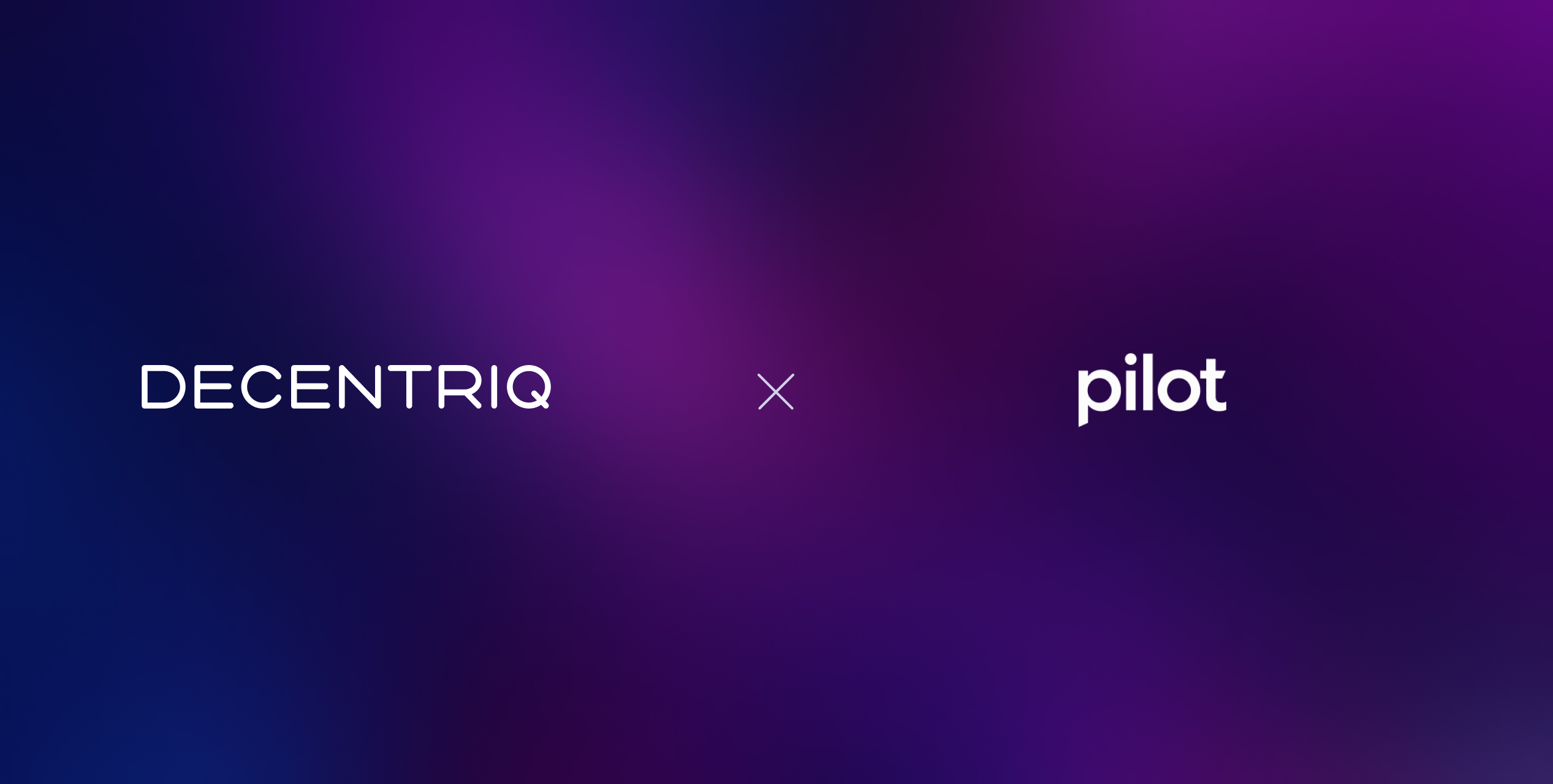

Post-cookie prospecting playbook
Our playbook breaks down the current options available to brands for targeting audiences on the open web — and how they stack up when it comes to reaching net new customers.

In an increasingly fragmented media landscape, marketers are constantly seeking smarter ways to reach new audiences who are most likely to convert. That’s where lookalike modeling comes in.
By using data from your existing customers, lookalike modeling helps you find new target audiences that share similar traits and thus extending your reach without compromising on targeting precision. The result? Higher engagement and better return on marketing spend.
As third-party cookies phase out and cookieless advertising and privacy-first approaches gain traction, lookalike modeling is fast becoming a critical part of any data-driven marketing strategy.
What is lookalike modeling?
At its core, lookalike modeling is a way of identifying new potential customers based on user information collected by the “base audience” provider — typically a publisher, retailer, or other data partner — with whom the brand collaborates.
Instead of casting a wide net or relying on generic audience segments, a lookalike model leverages machine learning models to find people who closely resemble your most valuable customers. This enables a more targeted approach, rooted in real data rather than guesswork.
Unlike retargeting, which focuses on users who’ve already interacted with your brand, or contextual targeting, which often sacrifices precision, lookalike modeling zeroes in on audiences with a high predictive power to engage and convert.
How lookalike modeling works (step-by-step)
Successful lookalike modeling involves three core steps:
- Building the seed audience,
- gathering the right data points,
- and applying the modeling process to scale intelligently.
1. Seed audience creation
The process begins with your seed audience — a carefully curated segment of current customers who demonstrate high value to your business.
These could be:
- Frequent buyers
- High-spending customers
- Users with long customer lifetime value
- Customers who complete your sales funnel quickly
Selecting a strong seed audience is crucial. The better your seed reflects the traits of your ideal customer, the more accurate and effective your modeled audience will be. Factors like purchase history, engagement behavior, and lifecycle stage all play a role in shaping this audience.
2. Data collection
Next, marketers collect data to fuel the modeling process. This typically involves:
- First-party data: Information you collect directly, such as website analytics, CRM entries, user profiles, and offline purchase data.
- Second-party data: Data from trusted partners, often through data clean rooms or secure collaboration platforms.
- Third-party data: Purchased or syndicated audience data, often aggregated from multiple sources to enrich the profile.
3. Modeling and matching
With the seed audience and data sources in place, machine learning algorithms analyze the similar characteristics between your top customers and a wider user base.
The model assigns predictive scores to potential users based on their likelihood to convert, using factors like behavior, interests, and demographics.
The result is a lookalike audience that mirrors your high-value customers, ready to be activated in your next marketing campaign.
Some platforms also incorporate proprietary algorithms that enhance model training or enable real-time audience scoring, further boosting performance.
What types of data are used and what implications do they have?
Lookalike modeling is only as effective as the data behind it. Here’s how each type contributes:
First-party data
This is your most valuable asset. It includes direct interactions with your brand — think email engagement, purchase history, loyalty program data, or app usage. Because it’s collected with consent, it also aligns well with privacy-first marketing.
Second-party data
This comes from strategic data partners, such as other brands or publishers who have customer relationships of their own. Through technologies like data clean rooms, you can enrich your own audience understanding without exposing or exchanging raw data.
Third-party data
External data sources can help scale your reach, particularly when your own data is limited. While third-party data has traditionally played a central role in targeting, its value is shifting as privacy regulations evolve.
A hybrid approach — leveraging first-, second-, and third-party data — often results in the most accurate and scalable lookalike modeling process.
What are the benefits of lookalike modeling?
So why are marketers investing in lookalike models now more than ever?
- Scalable reach: Lookalike modeling lets you go beyond your existing customer base to reach new customers with a high potential to convert.
- Improved efficiency: By targeting users who resemble your best customers, you reduce wasted ad spend and improve media ROI.
- Better performance: Campaigns that use modeled audiences often see higher conversion rates, increased engagement, and better alignment with business goals.
Case studies:
SPH Media explores first-party data collaboration with lookalikes created in Decentriq’s data clean rooms. Read the case study
A major Swiss bank reduced cost per page view by 44% with Decentriq’s tailored lookalike audiences. Read the case study
Common use cases
Lookalike modeling is a versatile tool with applications across channels and goals:
- Prospecting for new customers: Identify fresh prospects who are likely to behave like your best existing customers.
- Cold audience activation: Reach users with no prior brand interaction but with similar characteristics to your most engaged audience.
- Email segmentation: Target newly modeled segments with tailored messaging that matches their profile and intent.
By anchoring each use case in real customer behavior, marketers can drive smarter, more impactful marketing efforts.
Choosing a platform for lookalike modeling
There’s a growing ecosystem of tools that support lookalike modeling, and choosing the right one depends on your goals, data availability, and privacy requirements.
Common platform types include:
- Ad platforms (e.g. Meta, Google Ads): Easy to use but often rely on black-box algorithms and limited data transparency.
- Data management platforms (DMPs): Provide greater control and segmentation but are being phased out in some contexts.
- Customer data platforms (CDPs): Often used to unify data across touchpoints and segment audiences in real time, CDPs can also feed inputs into lookalike modeling workflows, especially when paired with activation tools.
- Privacy-first solutions such as data clean rooms: Enable brands to collaborate with partners securely and compliantly.
Decentriq, a leading provider of privacy-preserving data collaboration, offers an AI-powered lookalike modeling solution via data clean rooms. This lets advertisers, publishers, and retailers create powerful modeled audiences without sharing raw data and thus ensuring compliance with strict privacy regulations and building trust across partners.
While Decentriq is just one option, it’s uniquely positioned for brands and data partners looking to unlock the full value of their data securely and transparently.
Find new, high-value customers using seed data
As the digital advertising ecosystem shifts toward first-party data and consent-driven strategies, lookalike modeling offers a future-proof path to sustainable growth.
By using insights from your existing customers to identify similar customers at scale, you can supercharge your marketing campaigns — all while staying ahead of privacy expectations.
Want to scale your reach with lookalike audiences while keeping your customer data secure?
References
Post-cookie prospecting playbook
Our playbook breaks down the current options available to brands for targeting audiences on the open web — and how they stack up when it comes to reaching net new customers.

Related content
Subscribe to Decentriq
Stay connected with Decentriq. Receive email notifications about industry news and product updates.




